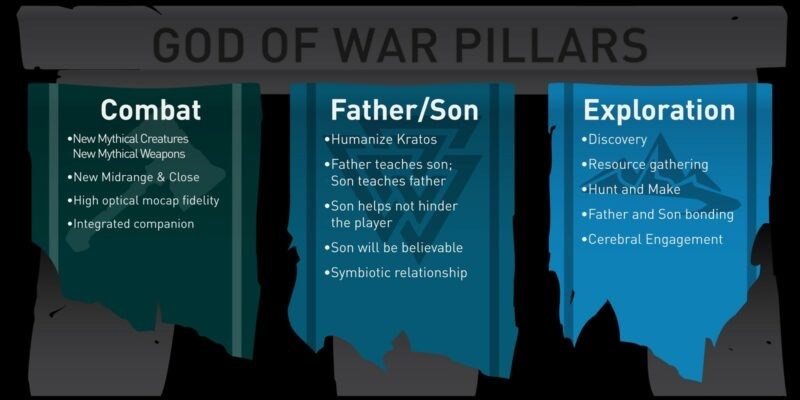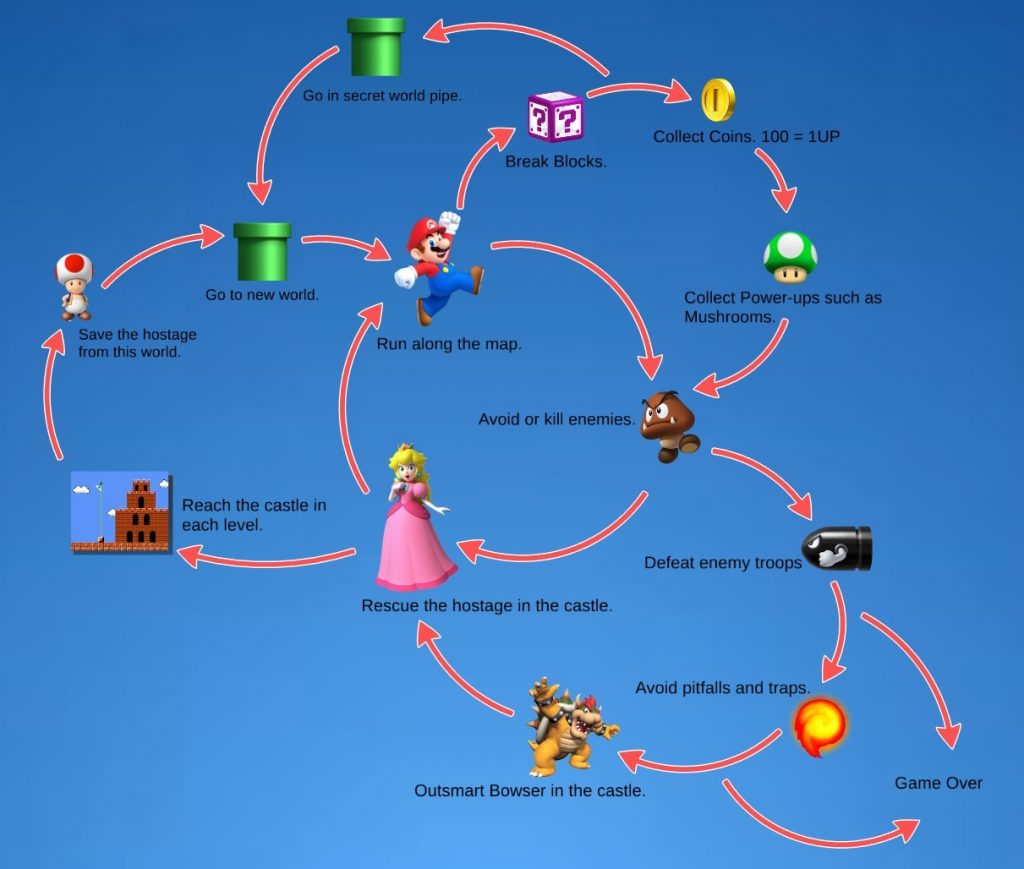Contributor Santi Belmonte details how aspiring game developers can bring their ideas into fruition.
Games have always been a major part of my life. Even when I was a toddler I was watching my siblings play on their Game Boys in my stroller; there were many pictures of me as a child playing games. Fast forward to my high school years, and while I’m playing at home, my mother tells me off as she usually did and says “video games won’t get you anywhere in life”. Hearing that, along with my interest in computer science at the time, I knew what I wanted to do; I wanted to get into making games. Was it out of pettiness? Honestly, yes at first. However, my mother was very supportive of my decision, and by the time I was in university, I had begun my journey into the world of game design. Over time, what was initially pettiness and possibly spite, turned into genuine interest and passion for the art of making games.
Getting Started
Anyone can come up with an idea for a game, but so few come up with a design for one. Before you can even think of making a game, you have to design it first: start by making a game design document. A game design document acts as the backbone of the game you’re trying to create. What I was taught about design documents was quite memorable: if your team had this document in hand, you could be hit by a bus and they’d still be able to make your game. This exaggeration on specificity made its importance abundantly clear; if you don’t have a game design document, you don’t have a game.

To start you document, you need your Executive Summary, or your Elevator Pitch. This is to give a basic rundown of what your game will be about. It is key to make it snappy in order to really catch the attention of the people you are pitching the game to. The executive summary needs to be able to convey the essential information while also making it appealing to the ear so that investors or studios will take interest in your project and proceed to the next phase of development.
After that, the next focus will be on Design Pillars to pick out the key aspects of your game that you wish to focus on. These may be gameplay elements like resource management, exploration or progression, or more aesthetic aspects like the theme or genre of your game. These pillars will help you shape your project into what you truly want it to be and act as a reference point to keep it focused.

Building on this, you proceed to make the Core Gameplay Loop: the actions of the player in their simplest form throughout the entirety of the game. For example: in Super Mario, the core loop is to run, defeat enemies, and progress through levels. With that core loop, you can then add annotations to build on each aspect of the core loops, such as the types of enemies you face, the types of levels you play through, or the abilities you can access. With a core gameplay loop, you can dive deeper into the mechanics and have a clearer image of how your game is played and how you want your players to behave.
With these foundations set, you’re now ready to properly work on your game.
The Game Itself
You can now start working on the specific details of the game, particularly the Core Mechanics. This is not to be confused with the core gameplay loop; the core mechanics are a more explicit explanation of the rules of your game: what you’re meant to do as a player such as combat or crafting.
Other mechanics are then added; this section covers the game systems regarding the side content of the game. Then of course there are the aesthetics, usually done through reference and concept art to give an idea of how you want the game to look and sound. If you’re working on a story-driven game, you may also detail the story and plot, which includes the world and characters of the game.
Moving on, you’ll be thinking about User Experience. This aspect consists of things like sample levels and something called Ten Minutes of Play, where you’ll describe how the player should be feeling in the first ten minutes of the early game, middle game, and end game. You might also include achievements that the player can grind for.
Lastly, you will definitely need to deal with the commercial side of the game: its placement for release, such as a winter release to make use of Christmas shoppers, or a summer release if you feel like your game will be a massive blockbuster. If you think about it, it’s very similar to how film studios release their movies. Also, don’t forget to include the budget, including the costs for the software, hardware, and the development team. It would be nice to detail where the money is coming from and how you’re going to make a profit.
In summary, after all this, hopefully, you’ve learned what it takes to turn an idea into a full-fledged and completely thought out design and the steps necessary to see it materialize into something special. To any aspiring developers, let this be your little intro into the world of game design. With all that said and done, you should be ready to make your own game. Let play turn into creation, as creation inspires more play.



